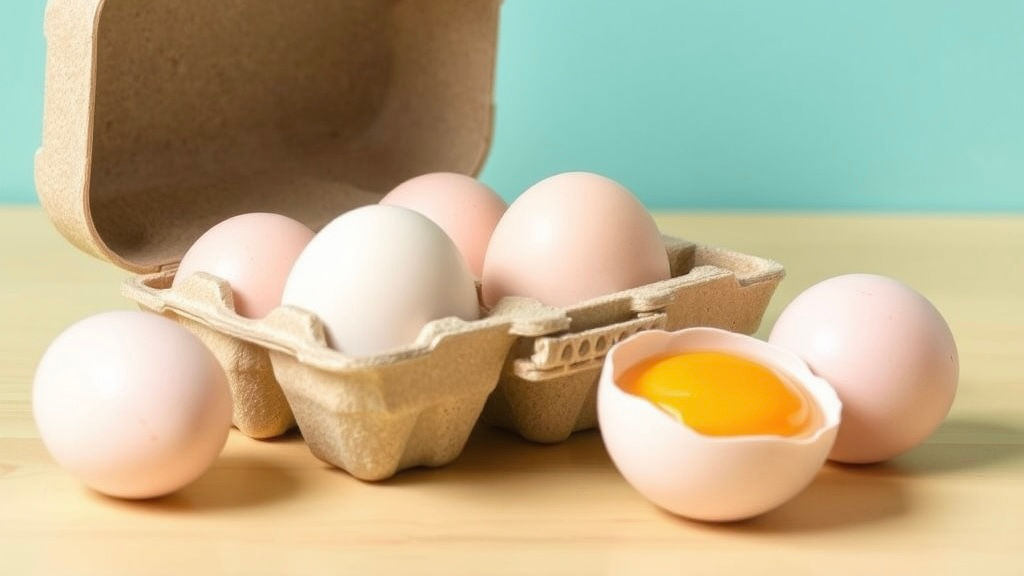
Protein Sources for the Elderly
- mimic3554
- 2 days ago
- 4 min read
Updated: 2 days ago
1. Alaska Pollock or Walleye Pollock (Gadus chalcogrammus):
• Alaska pollock is an excellent protein source for the elderly. It provides about 23 grams of high-quality protein per 100 grams, is low in fat, and contains omega-3 fatty acids, which support heart and brain health. Its mild flavor and soft texture make it easy to chew and digest, which is beneficial for older adults who may have dental or digestive issues. It’s also rich in vitamin B12 and selenium, supporting cognitive health and immunity.
2. Tofu:
•Tofu is a great plant-based protein source, offering about 8-15 grams of protein per 100 grams depending on firmness. It’s soft, easy to digest, and versatile, making it suitable for elderly diets. Tofu also provides calcium (especially if prepared with calcium sulfate) and isoflavones, which may support bone health and reduce inflammation. It’s low in saturated fat, making it heart-healthy.
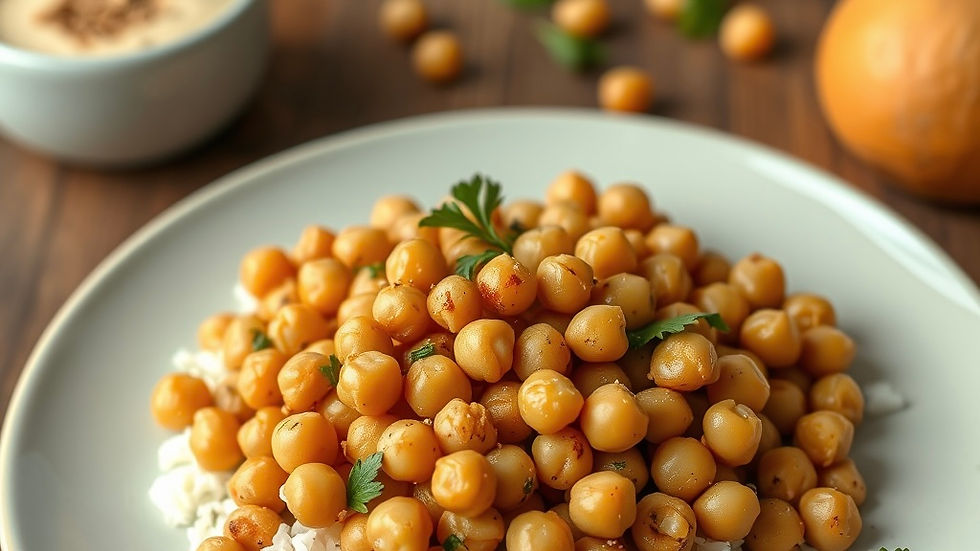
3. Chickpeas:
• Chickpeas are a solid plant-based protein source, providing about 19 grams of protein per 100 grams (cooked). They’re also high in fiber, which aids digestion and supports gut health, and contain nutrients like iron, magnesium, and folate. Their versatility ( hummus, soups) makes them easy to incorporate into elderly diets, though they should be cooked well to ensure digestibility.
4. Egoma (Perilla Seeds):
•Egoma, or perilla seeds, is not a significant protein source (about 17 grams per 100 grams), and its high calorie content (around 560 kcal per 100 grams) is a valid concern, especially for sedentary elderly individuals. However, egoma is rich in omega-3 fatty acids (alpha-linolenic acid), which support heart and brain health. It’s better used as a supplement ( oil or ground seeds) rather than a primary protein source due to its caloric density and lower protein content compared to other options.
5. Eggs (with a focus on half-cooked eggs and choline):
• Eggs are an excellent protein source, providing about 6 grams of high-quality protein per large egg. They’re nutrient-dense, affordable, and easy to prepare, making them ideal for the elderly. The yolk contains choline (about 125 mg per large egg), which supports brain health by aiding acetylcholine production, potentially benefiting cognitive function. The cholesterol in yolks (about 186 mg per egg) is less concerning than previously thought for most people, as dietary cholesterol has a limited impact on blood cholesterol for healthy individuals. However, elderly individuals with specific conditions (e.g., heart disease) should consult a doctor.
• Half-Cooked Eggs:
The recommendation for half-cooked eggs is not universally true. While soft-boiled or poached eggs retain nutrients and are easier to chew, they pose a risk of Salmonella infection, particularly for the elderly with weaker immune systems. Fully cooked eggs are safer unless pasteurized eggs are used.
Combining Protein Sources
• Combining different protein sources is beneficial for the elderly. Animal proteins like pollock and eggs provide complete proteins with all essential amino acids, while plant-based sources like tofu and chickpeas offer complementary nutrients ( fiber, antioxidants). Combining them ensures a balanced intake of amino acids, vitamins, and minerals, which is crucial for maintaining muscle mass, bone health, and overall function in older adults. For example, pairing chickpeas with pollock in a meal provides both plant and animal proteins, enhancing nutrient diversity.
30 Grams of Protein at Breakfast
• Consuming 30 grams of protein at breakfast is a reasonable recommendation for the elderly, supported by research on muscle protein synthesis. Aging reduces the body’s ability to build and maintain muscle (sarcopenia), and studies suggest that 25-30 grams of high-quality protein per meal can maximize muscle protein synthesis in older adults. For example:
• Two large eggs (12 g protein) + 100 g pollock (23 g protein) + a side of tofu (8-10 g protein) could meet this target.
• A chickpea-based dish (e.g., 1 cup cooked chickpeas, ~15 g protein) with an egg and some egoma oil as a dressing could also work.
• However, individual needs vary based on body weight, activity level, and health conditions. A general guideline is 1.0-1.2 g protein/kg body weight daily for healthy elderly, or up to 1.5-2.0 g/kg for those with sarcopenia or acute conditions. Spreading protein intake evenly across meals (e.g., 25-30 g per meal) is more effective than a single large dose. For some elderly individuals with reduced appetite, hitting 30 grams at breakfast may be challenging, so smaller, protein-dense meals or snacks throughout the day can help.
Additional Considerations
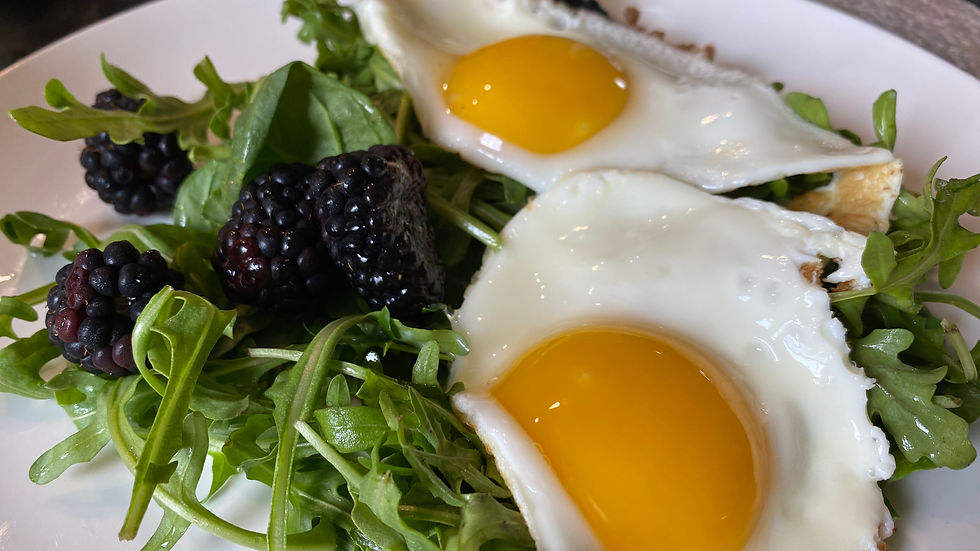
• Digestibility and Preparation:
Elderly individuals often have reduced chewing or digestive capacity, so soft or well-cooked forms of these foods (e.g., steamed pollock, mashed chickpeas, scrambled eggs) are preferable.
• Nutrient Interactions:
Combining these foods can address nutrient gaps. For instance, pollock provides vitamin B12, which plant-based sources like tofu and chickpeas lack, while chickpeas add fiber absent in eggs or fish.
• Safety:
Ensure proper food handling to avoid foodborne illness, especially with eggs and fish. Elderly individuals are more vulnerable to infections.
• Caloric Needs:
Egoma’s high calorie content requires moderation, especially for those with lower energy needs. Similarly, portion sizes for all foods should align with caloric and protein requirements.
Conclusion
The claims are mostly true, with some caveats:
• Alaska pollock, tofu, chickpeas, and eggs are excellent protein sources for the elderly, supporting muscle maintenance, brain health, and overall nutrition.
• Egoma is less practical as a primary protein source due to its high calorie content but can contribute omega-3s in small amounts.
• Half-cooked eggs carry a Salmonella risk, so fully cooked or pasteurized eggs are safer.
• Combining these foods is beneficial for nutrient diversity.
• Aiming for 30 grams of protein at breakfast is supported by evidence for muscle health, but individual needs and practicality vary.

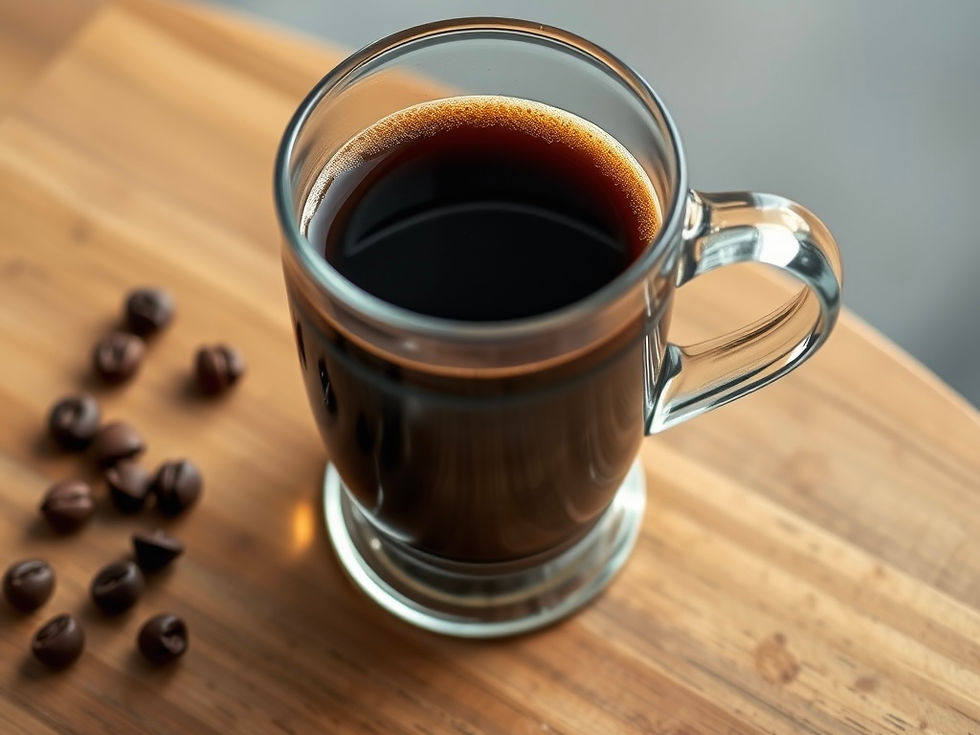
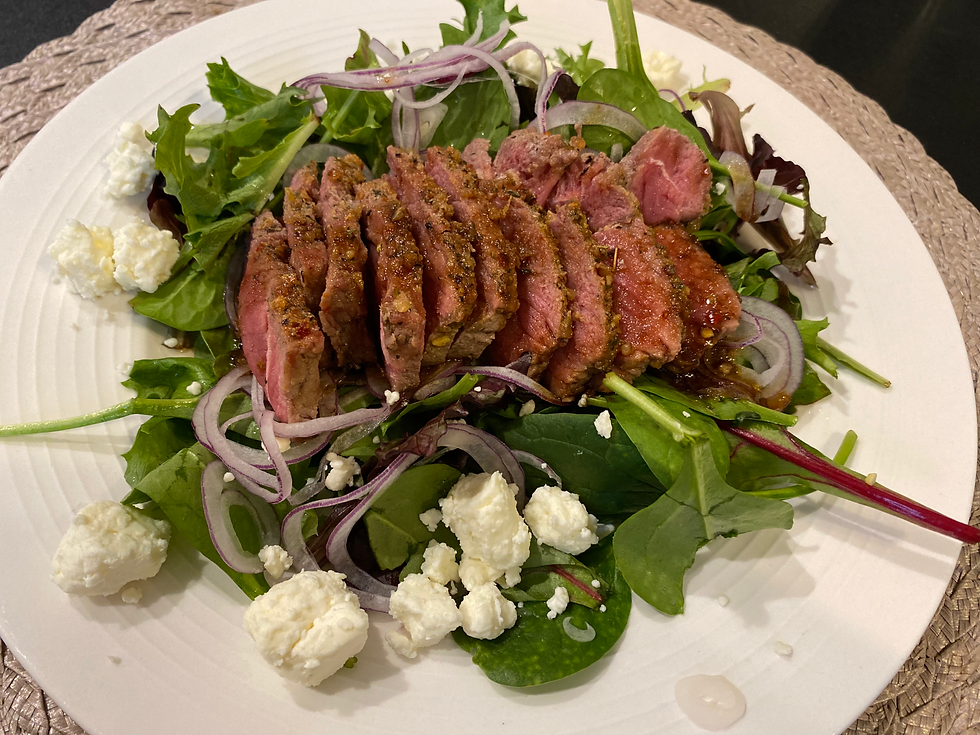
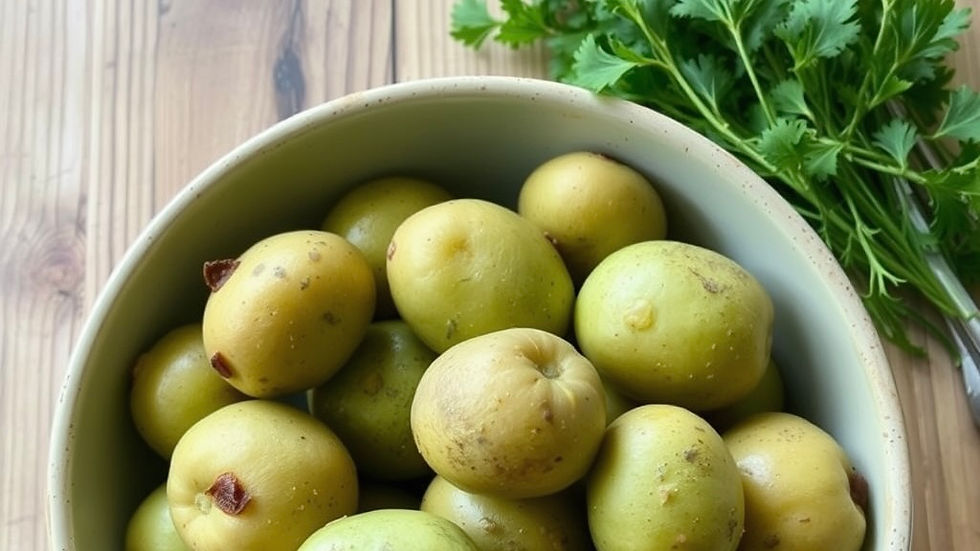
Comments